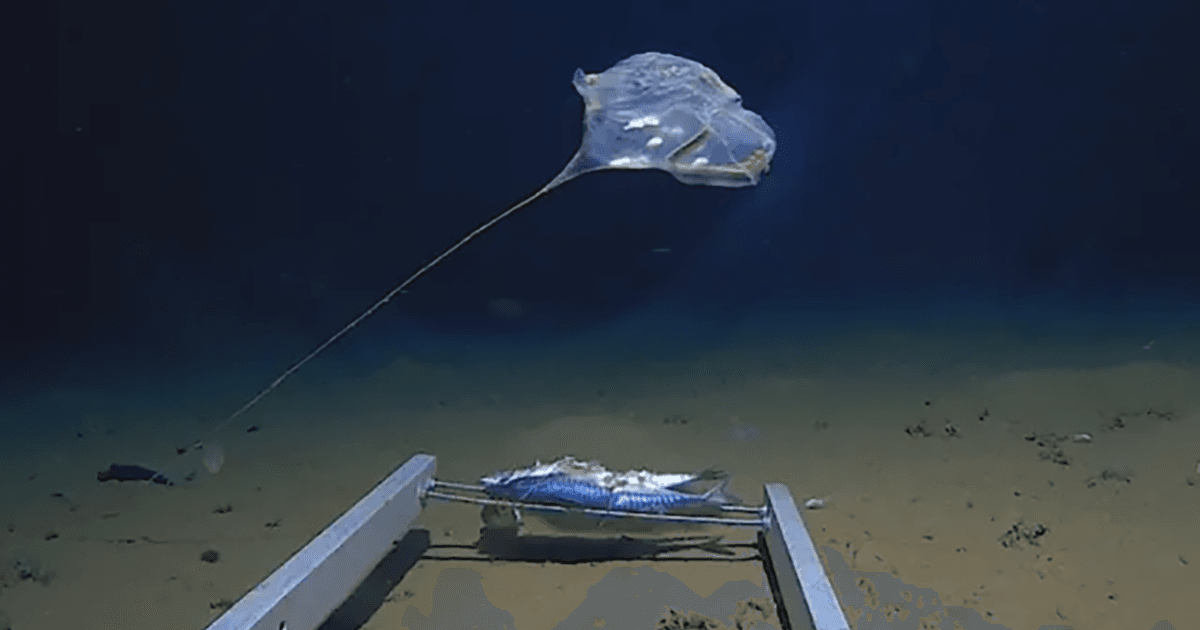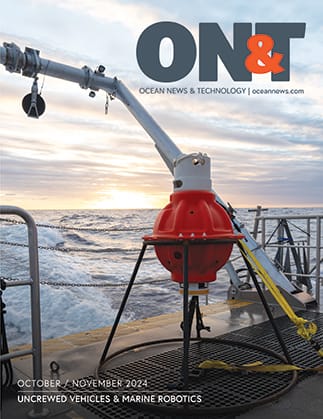The use cases—compiled as part of the ‘Wind in the Sails (WITS)’ project—aim to address pressing global issues such as climate change mitigation, marine biodiversity protection, and Blue Economy development. They also ensure that seabed mapping efforts are targeted to support ocean sustainability, policy development, and economic growth.
The WITS project is a key initiative supporting Seabed 2030 by providing critical empirical data to inform the development of a prioritized, targeted seabed mapping strategy. It seeks to bring together the global hydrographic community and stakeholders in the marine and maritime sectors, establishing a unified global seabed mapping priority list.
The use cases were first unveiled by Seabed 2030 Project Director Jamie McMichael-Phillips at the Risorsa Mare Forum, held in Palermo, Sicily—an international gathering focused on fostering collaboration and innovation within the marine and maritime sectors.

The twelve use cases, accessible in this compendium, cover key areas such as climate change, marine biodiversity, disaster management, and marine spatial planning. They also address the evolving needs of both the Global North and South, including Small Island Developing States (SIDS), as well as the Blue Economy sectors:
- Seabed Mapping Innovation
- EEZ Seabed Mapping in the Absence of a National Hydrographic Organization
- Subsea Cable Planning and Design
- Tsunami Propagation and Storm Surge Modeling
- Renewable Energy—Offshore Wind Energy
- Climate Change Ocean Models
- Small Island Developing States (SIDS) Sea Level Rise and Coastal Inundation
- Marine Biodiversity
- SIDS Marine and Coastal Development and Seabed Mapping for Marine Spatial Planning
- Government Policy
- Ocean Discovery and Ocean Exploration
- Seabed 2030 Driving Hydrographic Industry Expansion and Human Capital Benefits
“The Seabed Mapping Use Cases represent a critical step forward in realizing our vision of a fully mapped ocean,” commented McMichael-Phillips. “Leveraging evidence-based priorities helps us ensure that seabed mapping efforts directly contribute to sustainability, innovation, and economic development across multiple sectors—from climate resilience to the growth of the Blue Economy.”
“The WITS project provides a clear, data-driven pathway for aligning seabed mapping efforts with the real-world needs of the marine sector,” observed Gary Hesling, NLAI Associate Director and WITS project lead.
“This robust, evidence-based framework will help Seabed 2030’s diverse set of supporters focus even more effectively on areas where seabed data is most needed. This will catalyze yet more activity around the world in support not only scientific and environmental goals but also tangible economic and social development.”

